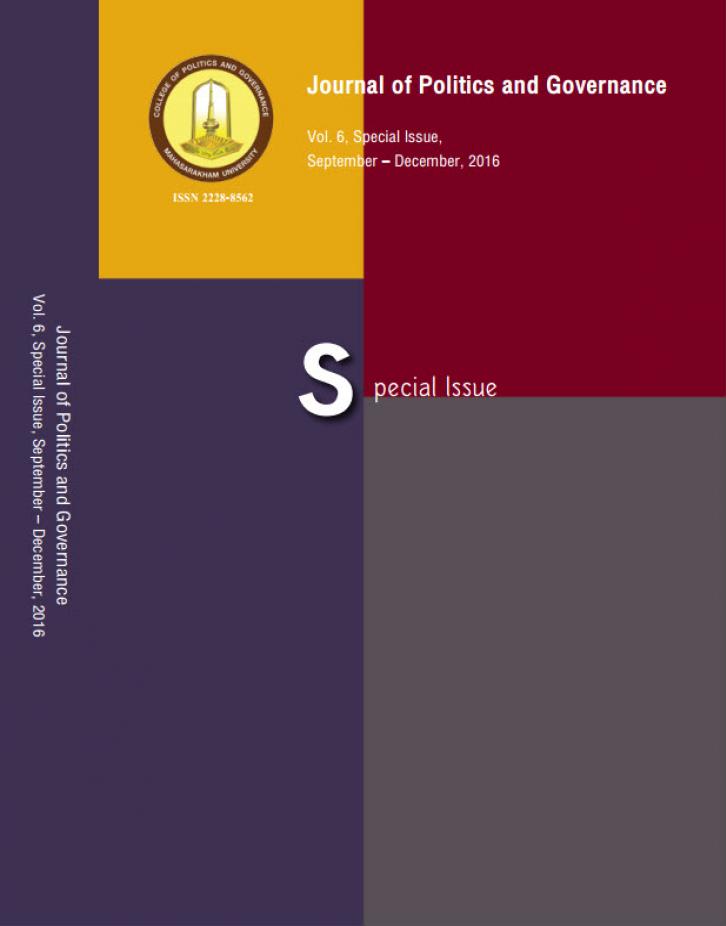Policy Reforms to Improve the Quality of Public Services in the Philippines
Main Article Content
Abstract
The last decade has witnessed significant government focus on quality service delivery and good public administration. Significantly driven by two broad factors: public sector inefficiencies, and liberal economic ideology, these reforms have emphasized public service that is high in quality, efficient, continually improving and responsive to the needs of the people and provided in a manner that is transparent, accountable, participatory and predictable, in terms of the application of the rule of law.
Against this background, this paper examines recent (2010-2016)1 policy reforms in the public sector in the Philippines, which aspire to improve the quality of public services. These include governance reforms that aim to curb corruption, improve the delivery of public services especially to the poor, and enhance the business and economic environment of the country as a whole. Focus will be on reforms in government procurement, bottom up budgeting, seal of good (local) governance, anti-red tape, and citizen satisfaction index system.
The paper will be descriptive and exploratory, relying mainly on secondary materials on the topic at hand. It will study the nature and progress, challenges and concerns of these policy reforms, with the end in view of recommending ways forward to better and higher quality delivery of public services.
Article Details

This work is licensed under a Creative Commons Attribution-NonCommercial-NoDerivatives 4.0 International License.
References
CODE-NGO, LSIG, PhilDHRRA and TAN. (2012, 2010,2011). Rapid Assessment of the Seal of Good Housekeeping and Performance Challenge Fund Program, Australian Aid.
Cabinet Cluster on Good Governance (Governance Cluster). (2014). Good Governance Initiatives of the Aquino Government 2013-2016 A Primer.
Governance Cluster. (2015). Philippine OGP Action Plan 2013-2015 Assessment Report Draft.
Governance Cluster. (2015). Summary of Validated 2014 Status of Governance Initiatives.
http://budgetngbayan.com/transparent-accountable-and-participatory-governance-2/
http://www.gov.ph/aquino-administration/good-governance-and-anti-corruption/
http://www.nscb.gov.ph/stats/statdev/
http://www.gov.ph/about/gov/exec/bsaiii/platform-of-government/
Mangahas, Malou. (2014). Independent Reporting Mechanism, Philippines Progress Report 2011-2013. Philippine Center for Investigative Journalism-Open Government Partnership.
Mangahas, Malou. (2014). Validated 2014 Status of Initiatives. Philippines Progress Report 2011-2013. Philippine Center for Investigative Journalism-Open Government Partnership.
National Economic and Development Authority (NEDA). (2010). Good Governance Cluster Plan 2011-2016.
NEDA. (2011). Philippine Development Plan 2011-2016.
NEDA. (2013). Governance Action Plan 2013-2016.
Philippine Statistical Authority. (2014). Statistical Indicators of Development.
United Nations Development Programme (UNDP). (2015). Anti-corruption Strategies: Understanding What Works, What Doesn’t and Why? Lessons Learned from the Asia-Pacific Region.


